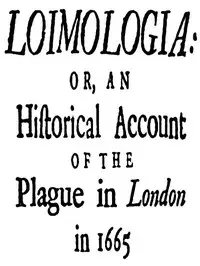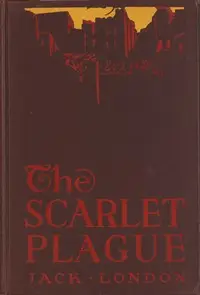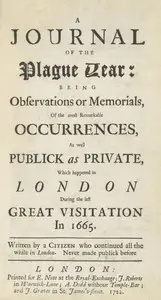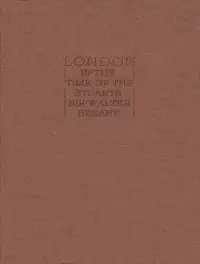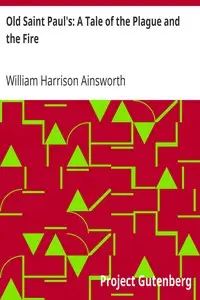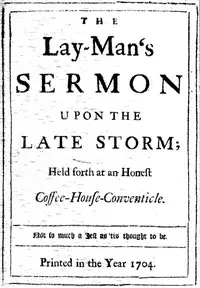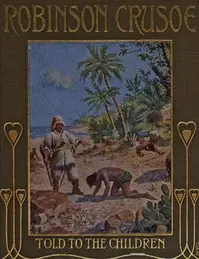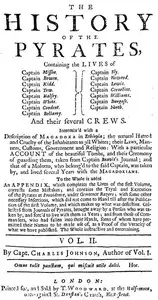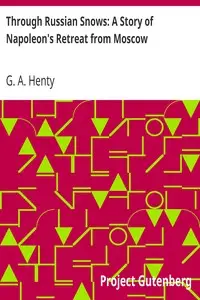"History of the Plague in London" by Daniel Defoe is a gripping tale set in 17th-century London, during the height of a deadly outbreak. Told through the eyes of a Londoner who chooses to stay put, the story chronicles the arrival of the plague, the escalating fear and panic, and the drastic changes it brings to society. As neighbors whisper of disease and death, the narrator grapples with the decision to flee or remain, all while witnessing the city transform under the shadow of the spreading epidemic and its mounting death toll.
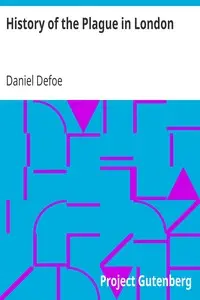
History of the Plague in London
By Daniel Defoe
Amidst growing hysteria and escalating fatalities, a lone observer recounts the harrowing transformation of a great city gripped by the terror of a relentless plague.
Summary
About the AuthorDaniel Defoe was an English novelist, journalist, merchant, pamphleteer and spy. He is most famous for his novel Robinson Crusoe, published in 1719, which is claimed to be second only to the Bible in its number of translations. He has been seen as one of the earliest proponents of the English novel, and helped to popularise the form in Britain with others such as Aphra Behn and Samuel Richardson. Defoe wrote many political tracts, was often in trouble with the authorities, and spent a period in prison. Intellectuals and political leaders paid attention to his fresh ideas and sometimes consulted him.
Daniel Defoe was an English novelist, journalist, merchant, pamphleteer and spy. He is most famous for his novel Robinson Crusoe, published in 1719, which is claimed to be second only to the Bible in its number of translations. He has been seen as one of the earliest proponents of the English novel, and helped to popularise the form in Britain with others such as Aphra Behn and Samuel Richardson. Defoe wrote many political tracts, was often in trouble with the authorities, and spent a period in prison. Intellectuals and political leaders paid attention to his fresh ideas and sometimes consulted him.

